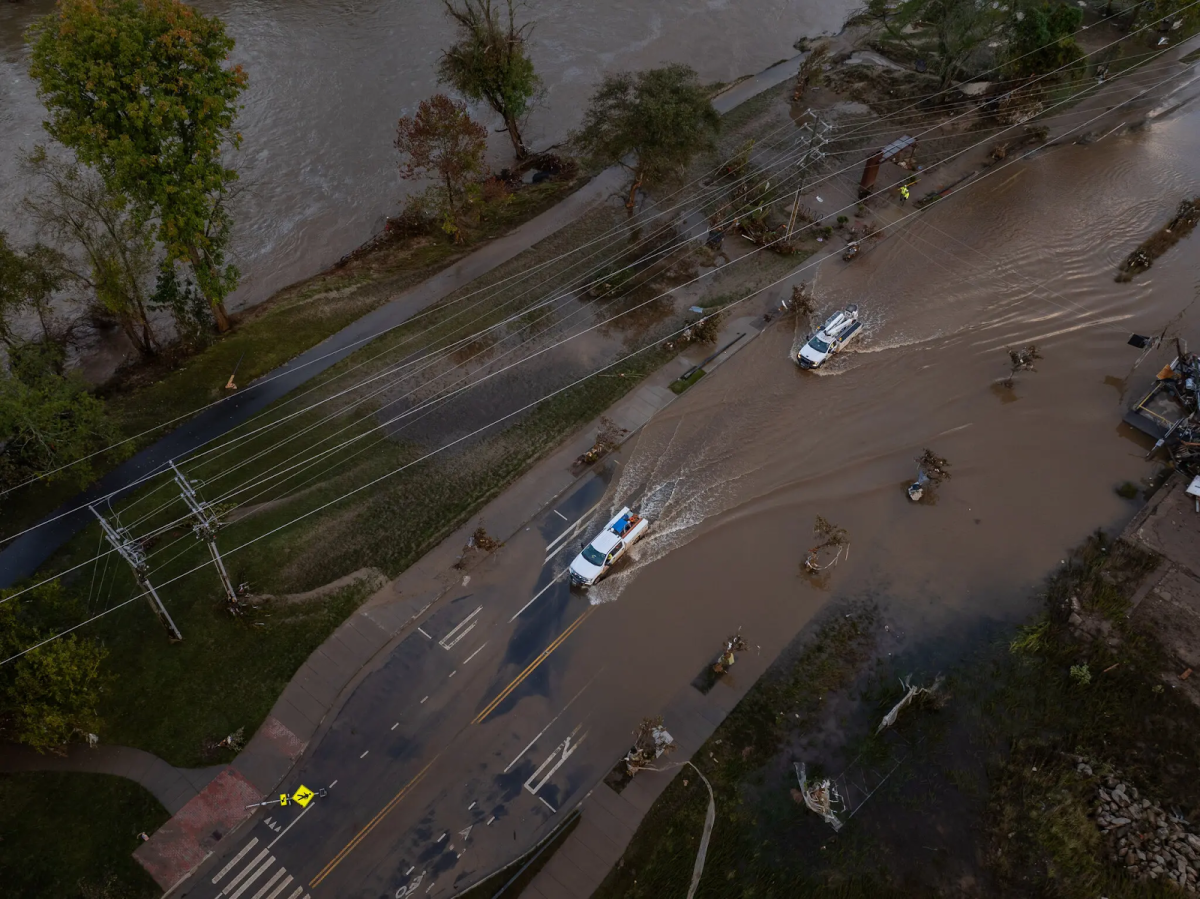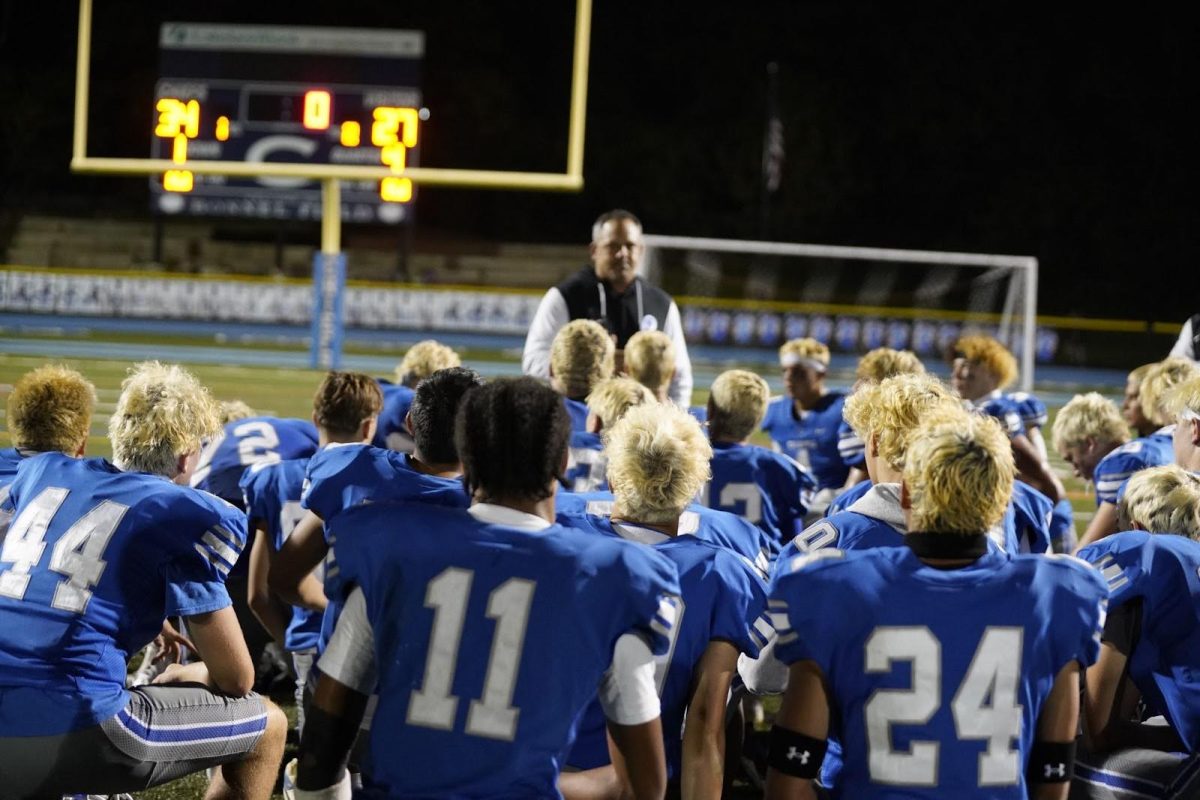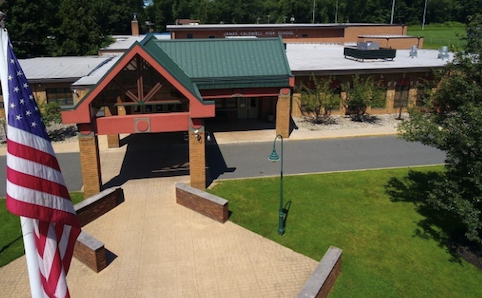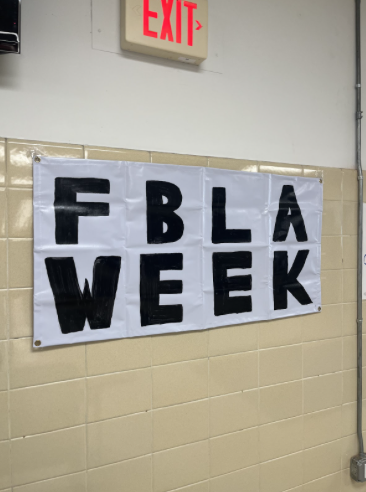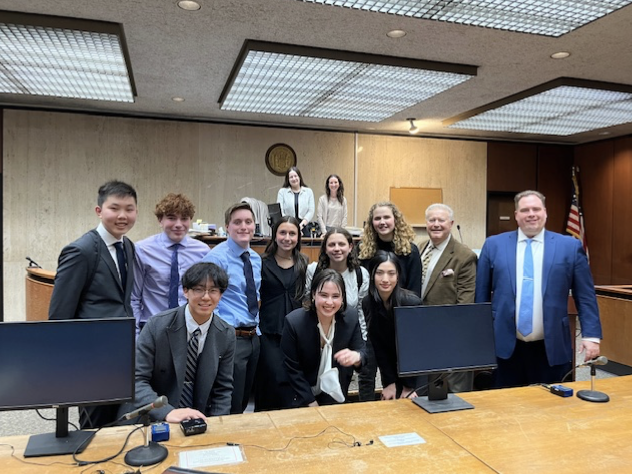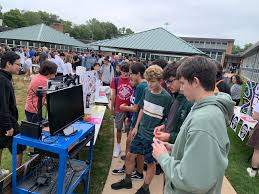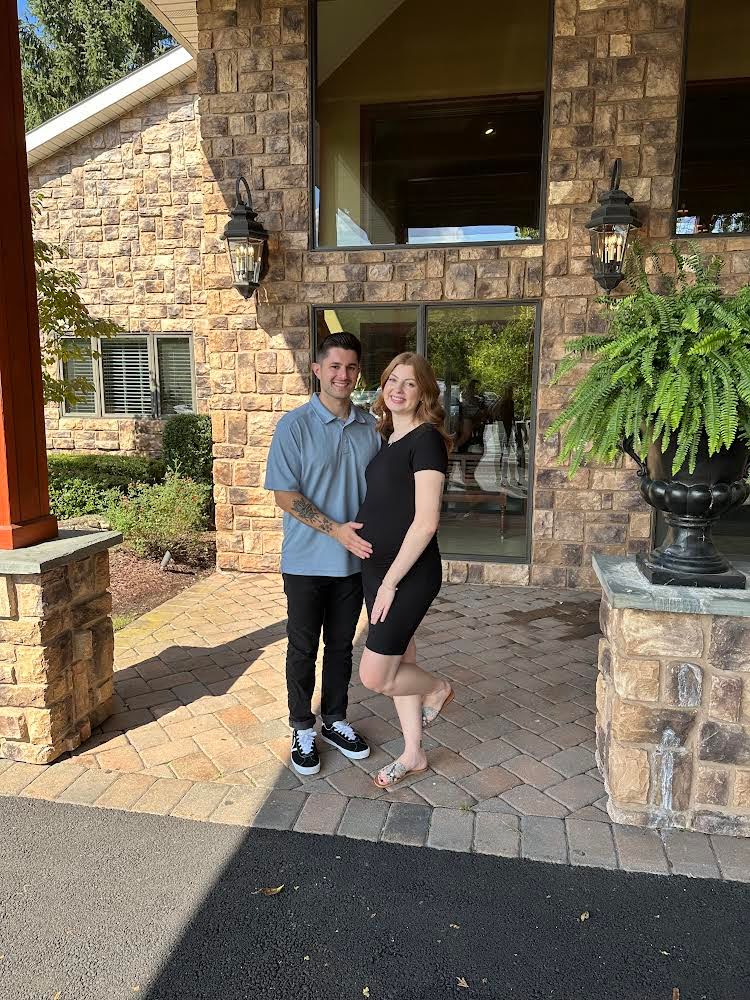Patriots’ Day in Boston, Massachusetts is meant to be a time of fun for spectators and competitors of the annual Boston Marathon. Unfortunately, events took a turn for the worst when two improvised explosive devices were detonated by the finish line, killing three and injuring more than a 170 others. The blast was so powerful that windows along the street were shattered and shrapnel was flung onto rooftops.
Those mortally wounded included 8 year-old Martin Richard, 29 year-old Krystle Campbell, and 23 year-old Lu Lingzi. But in addition to those killed were the nearly two hundred victims who were wounded either directly by the blasts or by the shrapnel they unleashed.
Officials attributed the relatively low mortality count to a variety of factors. For starters, the devices that were utilized, pressure cookers loaded with black powder, nails, and ball bearings, although they were capable of ripping through tissue and bones, were located at ground level and missed critical organs in the abdomen. This was, however, at the sacrifice of many lower limbs. At least nine patients have already been reported to have had amputations of legs or feet because of how mangled they had become.
Another factor which was critical to the high survival right was the quick action of first responders. Bystanders, police officers, and medical personnel worked to swiftly apply tourniquets and stop bleeding. Patients were moved into medical tents which were originally set up for dehydrated runners. There they received critical first aid which stabilized them until they could be sent to the hospital. Dr. Panter, a physician who was spectating the race but later provided his skills during the crisis, described the scene as “all-in all… a pretty controlled environment. They were without question ready – not ready for those types of injuries, but they were prepared.”
The most notable aspect of the emergency response, however, was organization. Part of the formal training of emergency personnel is mass casualty incident management. They are trained to establish a chain of command and allocate resources efficiently. Triage teams identified patients who were most critical and ensured their rapid transportation to nearby hospitals. Despite the high number of casualties, hospitals did not report too much overcrowding on account of their own preparation and especially the work of these teams on scene.
One physician at Beth Israel Deaconess Medical center noted that, “the distribution worked wonderfully. It was very easy to match the number of patients to the resources available at each of the hospitals.”
But even with the immediate crisis dealt with, authorities are still presented with the issue of who was responsible. No groups had yet come forward to claim responsibility, which led some investigators to believe it was the work of a single perpetrator or a small group, rather than a large terrorist organization. They are yet to rule out, however, any connections to terrorist groups like Al Qaeda.
Counterterrorism specialists, members of the Federal Bureau of Investigation, and bomb teams have been sweeping the scene and painstakingly piecing together every piece of evidence they can find. In addition to the mangled remains of the pressure cookers found on scene are the invaluable photographs and videos of the event. As a highly attended event, the marathon has more than its fair share of footage. With cooperation from television crews and even bystanders with smart-phones, investigators are viewing the event from each perspective, frame by frame, in order to identify potential suspects.
In the meantime, several impromptu shrines have been set up in Boston to honor victims of the attack. Even writings in chalk bearing messages of love and support for all those affected have been left around the taped off crime scene. On April 16th, hundreds of runners and others met to hold a candlelight vigil in the Boston Commons. Rather than coming together at the marathon to celebrate the spirit of athleticism, runners and other have joined as a community to support families of the victims and each other in this time of tragedy.
Categories:
Tragedy in Boston
April 26, 2013
Tags:
Donate to The Caldron
Your donation will support the student journalists of James Caldwell High School. Your contribution will allow us to purchase equipment and cover our annual website hosting costs.
More to Discover


